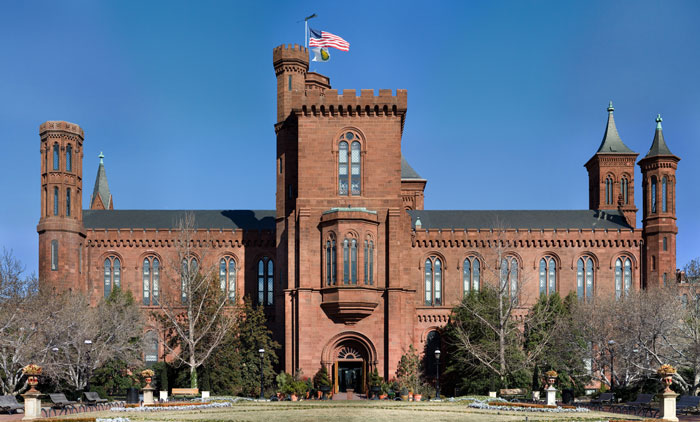
July 22, 2020; New York Times
Yesterday the American Alliance of Museums published a set of findings from a survey they did with their membership last month.
But before we report on that, we would like to voice a small complaint to contextualize its findings. It seems like everyone and their mothers are performing surveys among nonprofits lately, and many of them are utterly useless. First, the questions are often absurd in that asking a nonprofit executive if they are worried about the future funding of their organization is – well – a little silly, because if you do not worry about that with everything in flux you are probably not doing your job. Second, the samples are often too small to get anything approaching a reliable read. And third, mixing organizations with very different missions and business models together and then averaging the results is also quite useless for nonprofit managers.
The study produced by the Alliance, however, avoids many of these familiar faux pas of sloppy research and provides some real insight about a particular field which is comparatively very much at risk.
In June, when it was administered, 760 museum directors responded to this survey. Among them, 39 percent reported that they had not yet established a date for reopening. Thirty five percent had laid off or furloughed up to 20 percent of their staff and 21 percent had laid off or furloughed 21 percent to 40 percent of their staff. More than half of the respondents said they expected to reopen with a very reduced workforce and in a weakened financial position.
Sign up for our free newsletters
Subscribe to NPQ's newsletters to have our top stories delivered directly to your inbox.
By signing up, you agree to our privacy policy and terms of use, and to receive messages from NPQ and our partners.
Museums fit right smack in the middle of a group of nonprofits with characteristics that place them in structural danger within this pandemic-sparked downturn; that is, they depend upon people coming to congregate sites for their income. They also have fixed costs that are attached to those sites that cannot be mitigated.
Museums share these characteristics with other groups like childcare centers and recreational centers. Some of these groups will enjoy a subsidized bridge provided by some level of government subsidy for at least some period of time, and others may have some level of endowment or reserves that might aid them over a rough patch, but with many museums sitting in the midst of communities where the pandemic remains active, there are no good guesses about when a reopening might take with any level of longevity or scale.
This leaves many museums that try to reopen with social distancing or with limited access to exhibits facing an unworkable business model. Groups which have their ticket and gift shop sales hollowed out after a long period of closure and in the context of enormous deficits in local government budgets may well feel threatened.
“Museum revenue disappeared overnight when the pandemic closed all cultural institutions, and sadly, many will never recover,” Laura Lott, the alliance’s president and chief executive, said in a news release. “Even with a partial reopening in the coming months, costs will outweigh revenue and there is no financial safety net for many museums.”
As we have mentioned repeatedly, Congress has been petitioned by the US Conference of Mayors to set aside stimulus money for arts and culture. We should have some sense by the end of this week where that request stands.-Ruth McCambridge











